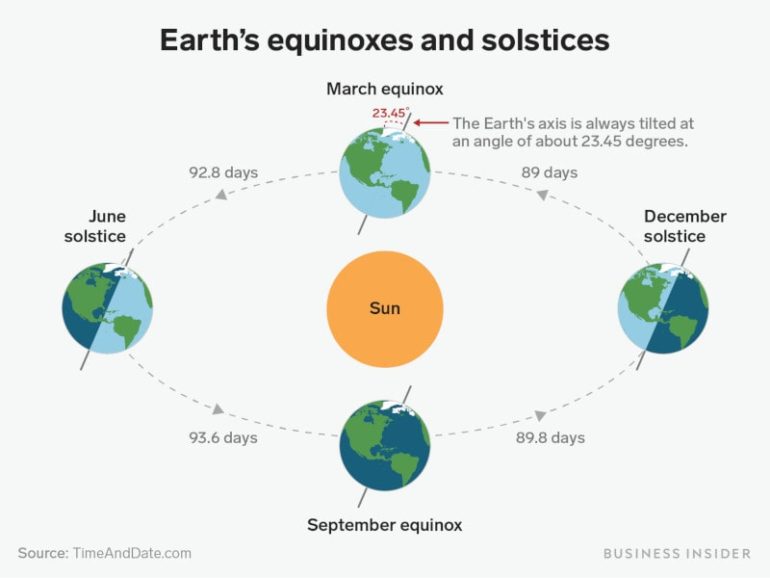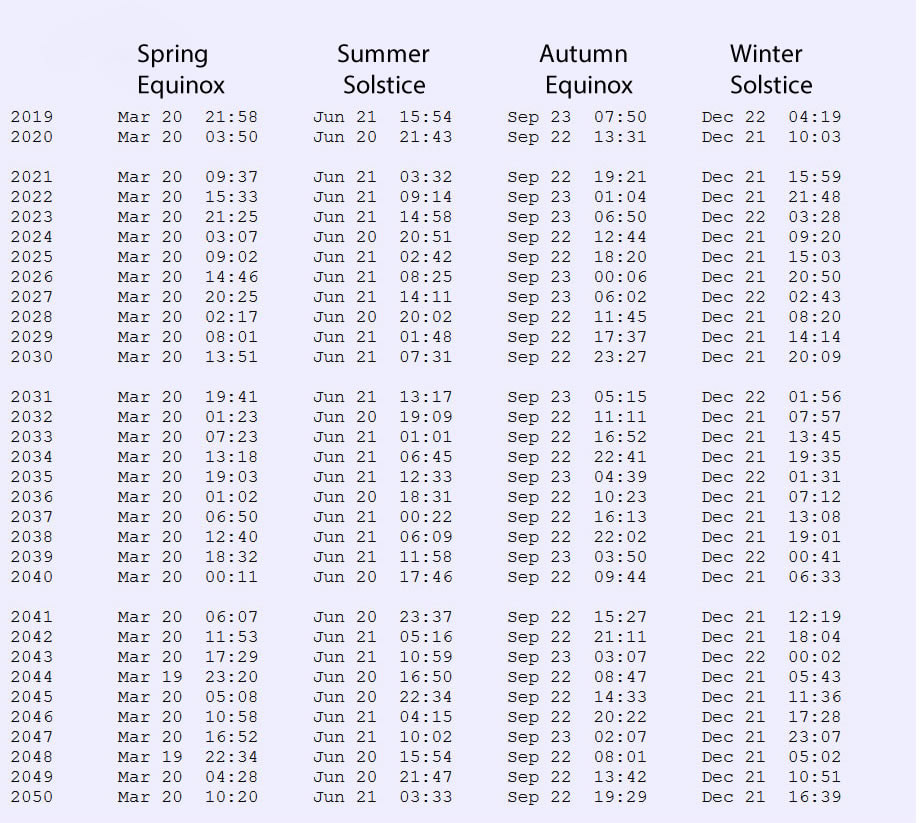

A solstice is when the Sun reaches the most southerly or northerly point in the sky, while an equinox is when the Sun passes over Earth’s equator. Because of leap years, the dates of the equinoxes and solstices can shift by a day or two over time, causing the start dates of the seasons to shift, too. More specifically, the start of each season is marked by either a solstice (for winter and summer) or an equinox (for spring and autumn). The astronomical start of a season is based on the position of the Earth in relation to the Sun.Here is more explanation about how astronomers and meteorologists define seasons differently: Subtract 3 hours for Pacific time, 2 hours for Mountain time, 1 hour for Central time, and so on.įirst Day of Spring 2023: The Spring Equinox Note: The dates above correspond to the start of the listed seasons in the Northern Hemisphere. The First Days of the Seasons 2023 Seasons The meteorological start date is based on our 12-month civil calendar as well as the annual temperature cycle.The astronomical start date is based on the position of the Sun in relation to the Earth.It sounds complicated, but trust us, it’s not! Each season has both an astronomical start and a meteorological start. The dates when the seasons begin and end vary depending on whom you ask. Learn more about the four seasons (and guess which of the four seasons is shortest!). On June 20, the Arctic Circle will experience 24 hours of total sunlight, while the Antarctic circle will experience 24 hours of darkness.When do the four seasons of the year start-fall, winter, spring, summer? It depends on who you ask! Also, the dates of the equinoxes and solstices can change from year to year. On the other hand, the effect of the solstice is most extreme in the polar regions. At the equator, the sun's rays are relatively constant throughout the year, hence why there is no true summer or winter in these regions. This effect becomes less and less noticeable as you move closer to the equator.

When the northern hemisphere is tilted toward the sun, for example, it receives radiation at a more direct angle, leading to warmer temperatures and the summer season. This results in the experience of seasons on Earth. And what that means is that it's pointing to more or less the same place in the sky all year-not far from the pole star in the northern hemisphere," Robert Massey, Deputy Executive Director of the Royal Astronomical Society in the U.K., told Newsweek. "We live on a planet with a rotational axis that is tilted. As a result, both hemispheres spend six months of the year tilted towards the sun, and the other half tilted away. Solstices occur because the Earth is titled on its axis by around 23.4 degrees relive to the plane of its orbit. Stock image: A man in corn field watches a sunset on a summer solstice day. This is because meteorologists divide up the seasons based on annual temperature cycles instead of the orbit of the Earth around the sun. However, in meteorological terms summer in the northern hemisphere actually started on June 1 and ends on August 31.

Conversely, it marks the beginning of astronomical winter in the southern hemisphere. In astrological terms, the June 2020 solstice marks the beginning of summer in the northern hemisphere, which will last until the September 22 equinox.

In 2020, this will occur on June 20 at 9:43 p.m. While the term "summer solstice" is often used to refer to the longest day of the year, technically, this astronomical phenomenon occurs at a specific moment in time when the sun is directly above the Tropic of Cancer. In the southern hemisphere, on the other hand, the June solstice will be the shortest day of the day, with the longest night.


 0 kommentar(er)
0 kommentar(er)
